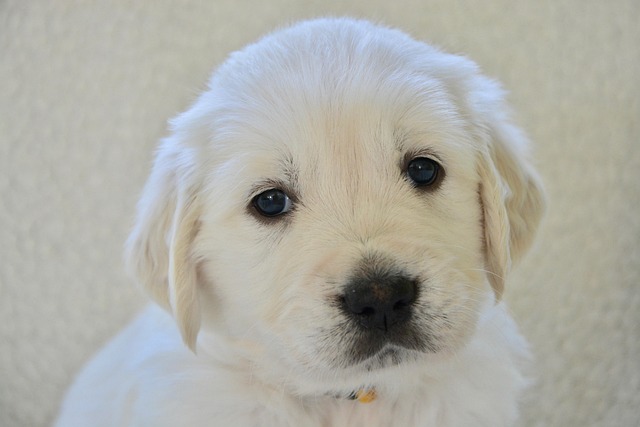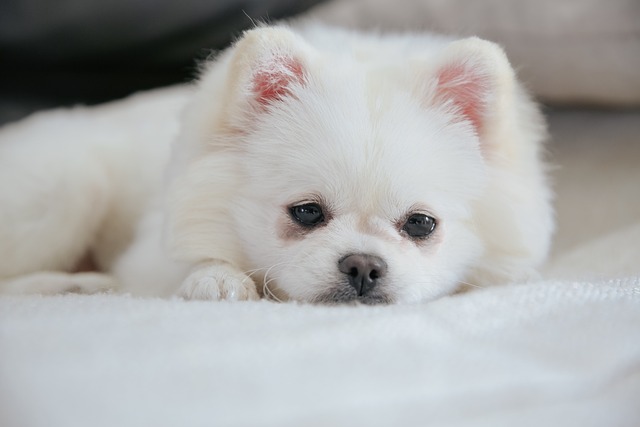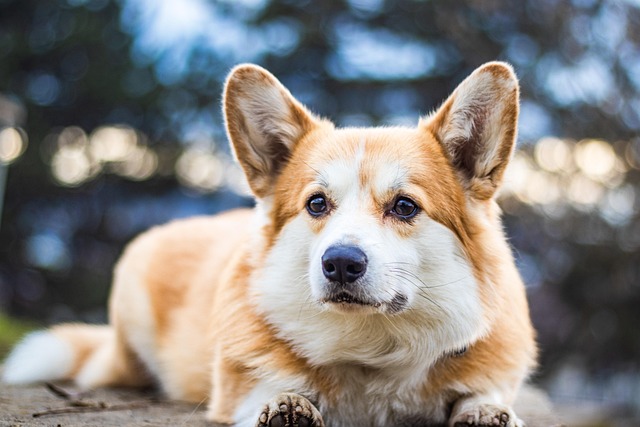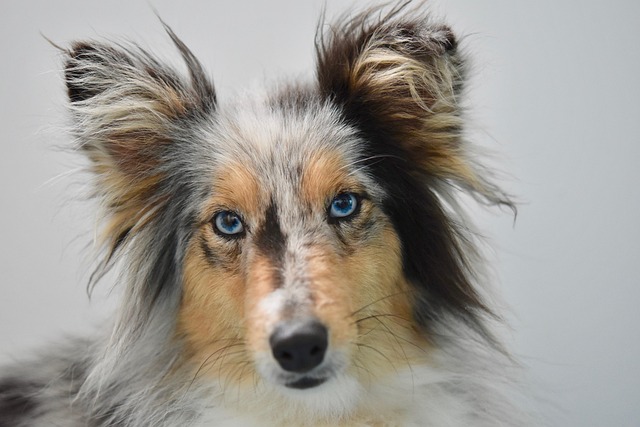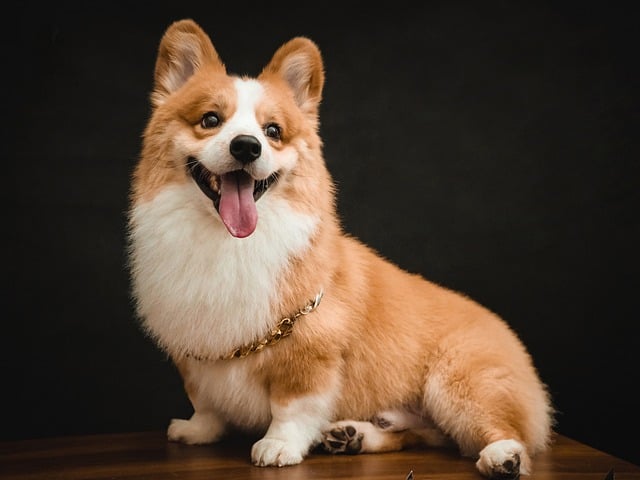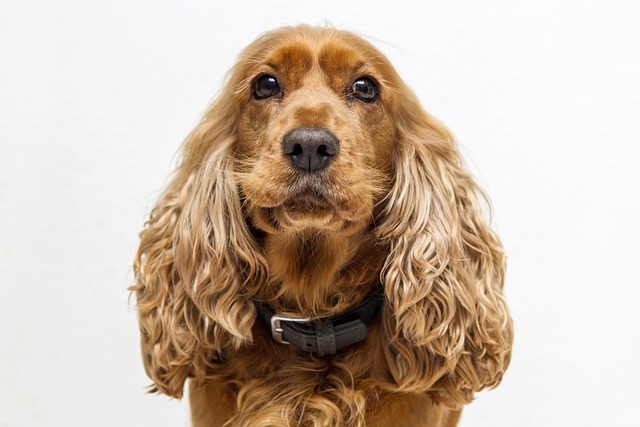Imagine you’re a new puppy parent in Portland, Oregon, excited to introduce your 12-week-old bulldog mix, Luna, to the world—only to find her growling and snapping at every dog she meets. Her hackles rise, her tail tucks, and she lunges at leashed pups on the sidewalk. You feel helpless: Is this normal for a puppy, and can I really socialize her without making it worse? You’re not alone. Many first-time owners in the U.S., like a Seattle couple whose rescue terrier pup snarled at strangers, discover that aggressive behavior in young dogs is often a cry for help, not a permanent trait. Let’s break down how to socialize an aggressive puppy with patience, science, and kindness.
Aggression in puppies—defined as growling, snapping, or lunging—rarely stems from “bad behavior.” Instead, it’s a sign of discomfort: fear (from limited early socialization), overstimulation, or genetic tendencies in certain breeds. Puppies who leave their litter before 8 weeks, experience trauma, or lack positive early interactions with other dogs often view the world as a threat. Biologically, their undeveloped prefrontal cortex means they can’t regulate fear like adult dogs, so they default to “fight” when overwhelmed. A vet in Austin explains, “Think of it like a toddler having a meltdown—they’re not being ‘naughty,’ they’re struggling to cope.” The key is intervening during the critical socialization window (3–14 weeks) to reshape their associations.
Start by identifying their “threshold”—the distance at which they notice a trigger (like another dog) but don’t react aggressively. In a quiet park, keep Luna 50 feet away from a calm, leashed dog. Pull out high-value treats (chicken strips, freeze-dried liver) and feed her continuously while the dog is in sight. The goal? Rewire her brain to think, “Other dogs = endless snacks.” A New York City trainer used this with a pug puppy who snapped at joggers: starting 100 feet from a running path, she fed him tiny pieces of cheese every time a jogger passed. After a month, he ignored runners entirely.
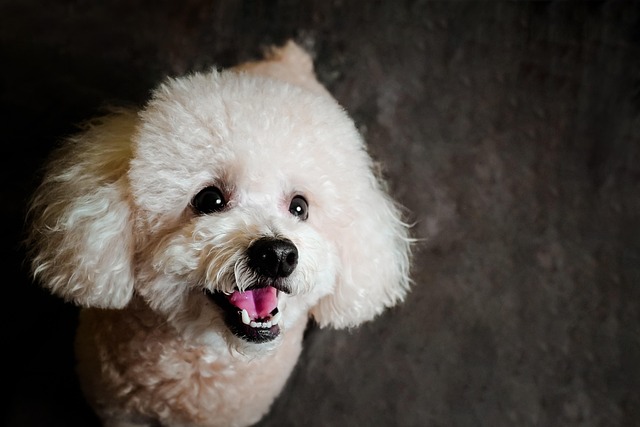
Next, try “parallel walking” with another calm, vaccinated dog (always ask the owner first). Keep both dogs leashed, 6–8 feet apart, and walk in the same direction. Praise and treat Luna for any relaxed behavior—wagging tail, loose body, or glancing at you. Never force a greeting; let her approach on her terms. A Boston terrier owner in Atlanta saw progress when she walked her aggressive pup beside a golden retriever who “showed” him there was no threat—soon, he copied the retriever’s calm posture.
Gradually introduce new stimuli in controlled ways. For noise sensitivity, play thunderstorm sounds at low volume while Luna eats her favorite meal, increasing the volume slowly over weeks. In apartments, use baby gates to let her watch neighbors pass without feeling threatened, tossing treats whenever someone walks by to turn “stranger” into “source of good things.”
Crucially, avoid any form of punishment. Yelling, jerking the leash, or scolding teaches Luna that scary situations get worse, reinforcing her aggression. If she snaps, quietly remove her from the scene (carry her if needed) and try again later at a greater distance. A Denver dog mom transformed her shepherd puppy’s reactivity by focusing on rewards for calm: when he chose to sit instead of lunge at a cyclist, she celebrated with a game of tug, making him feel powerful without aggression.
This process ties to responsible pet ownership in the U.S. and Europe. First, ensure your puppy’s vaccinations are up-to-date (rabies and distemper shots are mandatory by 16 weeks in states like California) before socialization, protecting both your pup and others. In public, use a sturdy leash (retractable leashes are unsafe for reactive pups) and always carry poop bags—cities like Miami fine $150 for neglecting this, and it’s a key part of community respect. For apartment dwellers, schedule walks during off-peak hours to reduce crowded hallway interactions, and ask guests to toss a treat to your puppy before petting, turning “stranger” into “friend.”
Culturally, embrace positive reinforcement, the gold standard in modern pet care across the U.S. and Europe. Punishment-based methods like shock collars or alpha rolls are not only ineffective but illegal in many places (e.g., the UK’s Animal Welfare Act). Instead, celebrate every tiny victory: a relaxed ear, a wagging tail, or a moment of eye contact during a trigger. A golden retriever owner in San Diego saw her pup’s aggression fade when she rewarded him for not reacting to a barking dog—“I thought he needed to ‘learn a lesson,’ but he just needed to feel safe.”
Socializing an aggressive puppy is a marathon, not a sprint. It takes consistency (10–15 minutes of daily training), patience, and sometimes professional help (certified behaviorists in cities like LA offer virtual sessions). But the payoff is profound: a confident dog who trusts you to keep them safe, rather than relying on aggression. Remember: you’re not just training a puppy—you’re shaping a well-adjusted member of your community, one treat and one calm step at a time.
